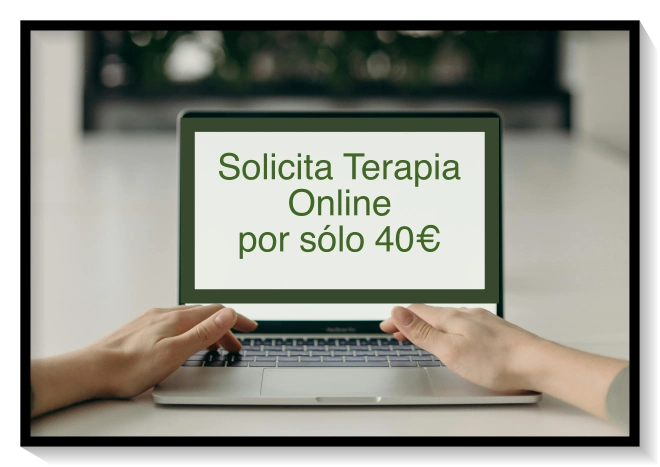Shopping can be enjoyable, liberating, even therapeutic. But when the urge to buy becomes a constant, uncontrollable need that brings more distress than pleasure, we're facing a real issue: shopping addiction, also known as oniomania or compulsive buying disorder.
What is shopping addiction, really?
It’s not just about spending too much or being impulsive. Shopping addiction is a compulsive behavioral pattern where a person feels an intense and irresistible urge to buy, even when they don’t need the item—and despite the negative consequences (financial, emotional, or relational).
The cycle often follows a predictable pattern: emotional tension or discomfort → urge to shop → purchase → temporary relief → guilt or anxiety → and back again. In short, buying is not the goal; it’s the method used to regulate overwhelming emotions.
Why does someone get hooked on shopping?
Shopping addiction has deep emotional roots. It often appears in people with low self-esteem, depression, anxiety, or difficulty dealing with inner emptiness. Buying activates brain reward systems—especially the dopaminergic system—much like substance addictions.
Neuroscience tells us that this system is activated not just by the reward itself, but by the anticipation. Simply thinking about shopping or browsing products can trigger dopamine release, reinforcing the addictive cycle.
Warning signs
- Spending more than one can afford on a regular basis.
- Lying about purchases or hiding items.
- Feeling anxious or irritable when unable to shop.
- Using shopping to numb or escape emotional pain.
- Repeated unsuccessful attempts to stop compulsive shopping.
Treating shopping addiction with Cognitive Behavioral Therapy (CBT)
CBT is one of the most effective approaches for behavioral addictions, including shopping addiction. It combines techniques to modify dysfunctional thought patterns (cognitive) and problematic behaviors.
1. Assessment and psychoeducation
The first step is to help the person understand their compulsive shopping pattern, identify emotional triggers, and explore critical moments. It also involves debunking myths like “Shopping makes me happy” or “Without buying things, life is dull.”
2. Thought, emotion, and behavior tracking
Clients use a daily log to observe the stimulus-emotion-behavior cycle. This increases awareness of what triggers the shopping urge and the aftermath. For example, a client may notice that after an argument with their partner, they feel empty and end up buying things online they don’t need.
3. Cognitive restructuring
This involves challenging automatic thoughts like “I deserve it,” “If I don’t buy it now, I’ll miss out,” or “This will make me feel better.” These are replaced with more grounded thoughts like: “I don’t need this right now,” “My wellbeing doesn’t depend on objects,” or “I can tolerate this emotion.”
4. Emotional tolerance training
CBT teaches skills to manage difficult emotions without turning to the addictive behavior. Techniques like mindfulness, diaphragmatic breathing, emotion exposure, or DBT-based emotional regulation are often included.
5. Relapse prevention and alternative planning
Action plans are developed for critical moments. What to do when the urge strikes? How to ride it out without giving in? Alternative activities that bring genuine satisfaction are encouraged: physical activity, art, social connection, meditation, journaling, etc.
6. Involving the support system
When possible, involving family or a partner can strengthen the therapeutic process. Not to control the person, but to build a supportive and realistic environment.
The emotional wound behind consumption
In many cases, shopping addiction is just a symptom of an unmet emotional need: a longing for validation, a need for affection, a way to fill an existential void or protect against pain. That’s why CBT doesn’t just target the external behavior, but also explores personal history, relationships, and identity.
An integrative approach
While CBT is at the core of treatment, it is often complemented with humanistic, systemic, or body-mind approaches (such as somatic therapy or heart coherence) to address the issue in a more complete and compassionate way.
Conclusion
Shopping addiction is not a whim or a lack of willpower. It is an emotional survival strategy that, over time, brings more suffering. With professional help—especially through cognitive behavioral therapy—it’s possible to break the cycle, heal the root, and learn to live with more authenticity and fulfillment.


